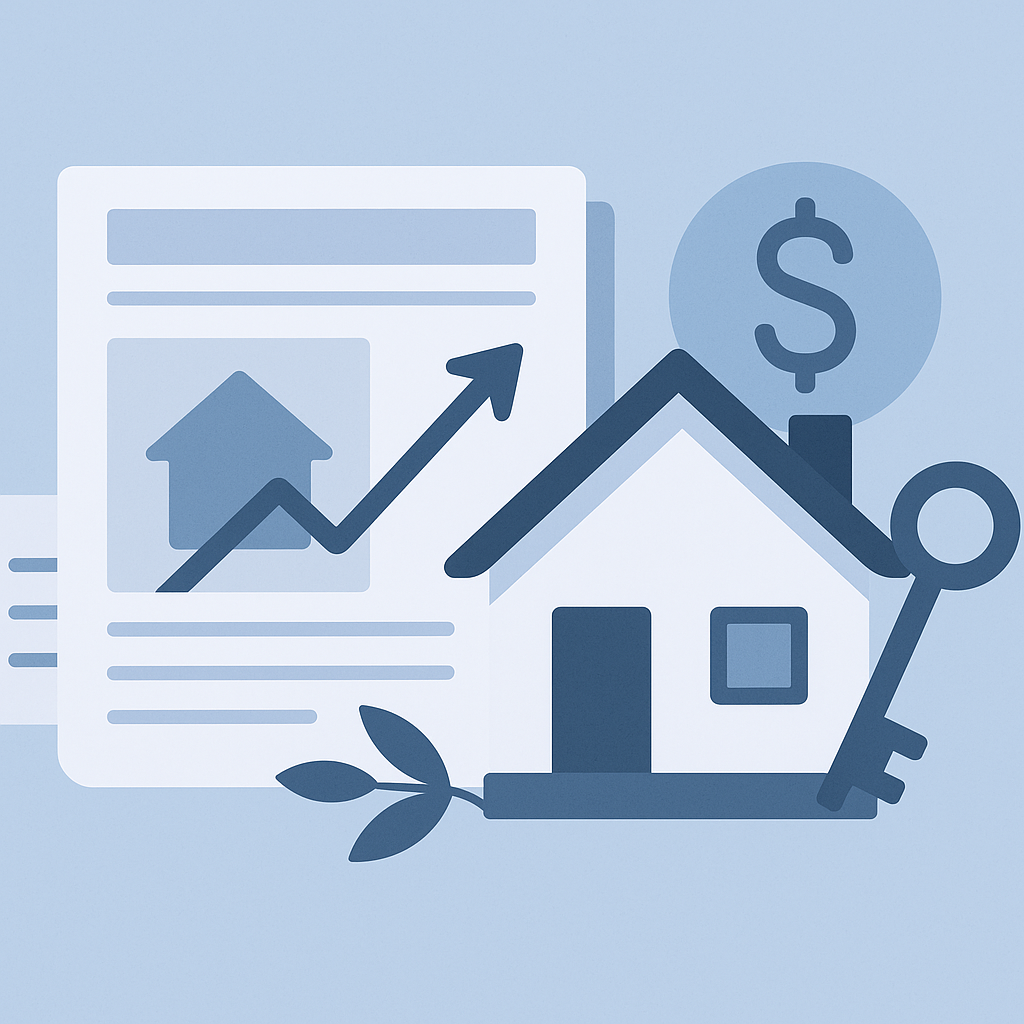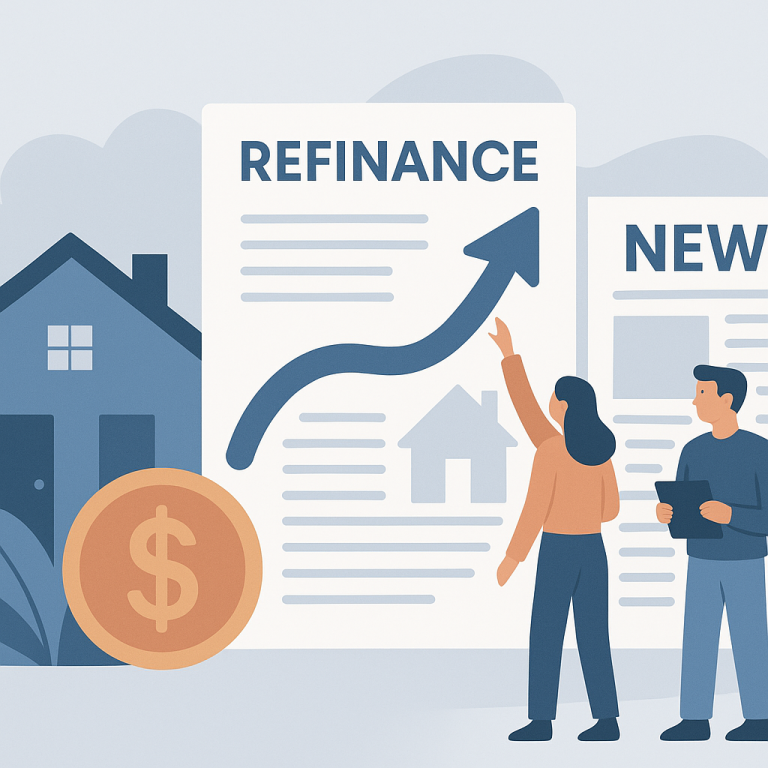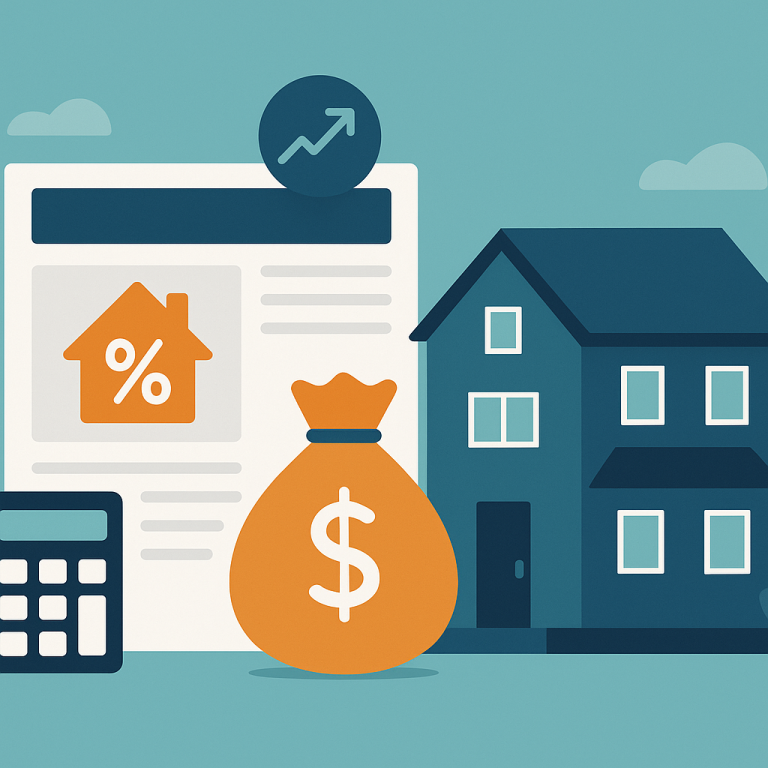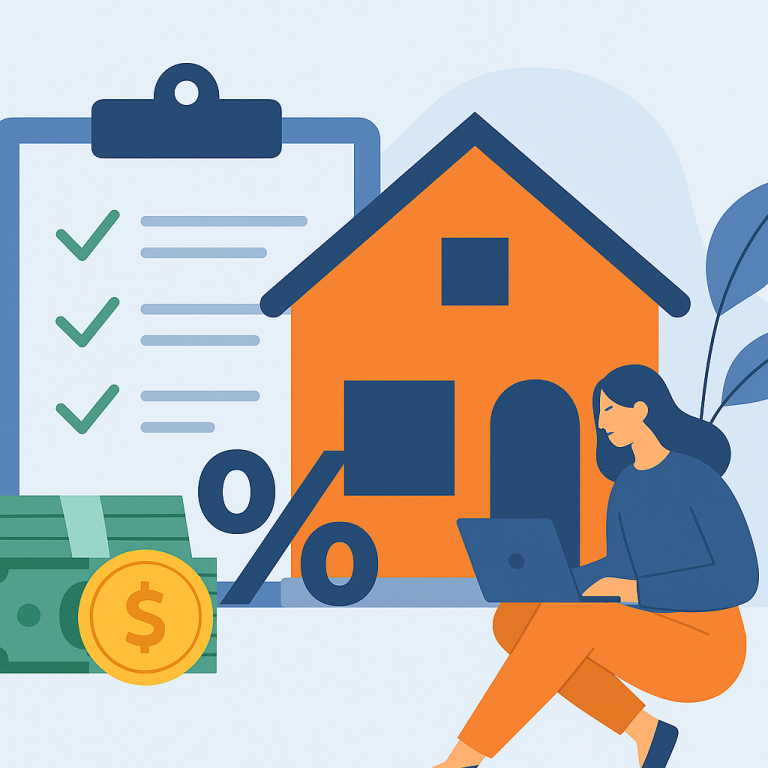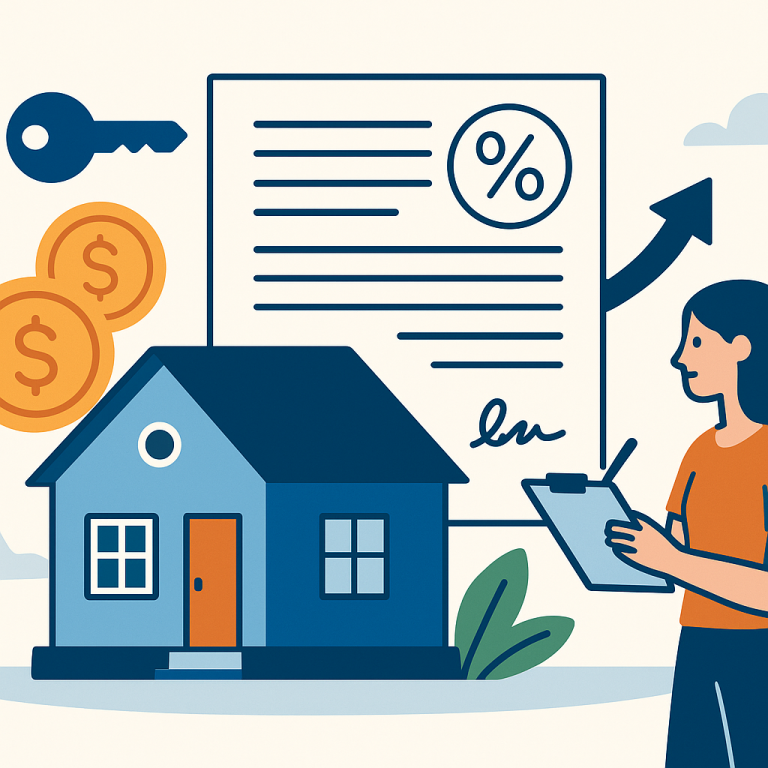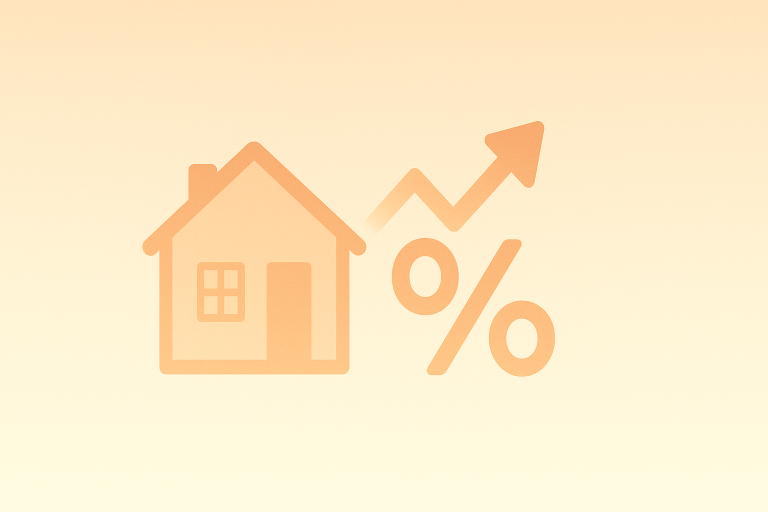Major Lenders Begin $300 Refinance Processing Fee, Raising Borrower Costs
At a glance: Changing refinance fees and closing costs and how it could affect refinancing decisions.
Lenders are adjusting refinance origination fees; the impact on closing costs can shift breakeven timelines and loan comparisons.
What Changing Refinance Fees Mean for Borrowers
As mortgage markets mature from recent volatility, homeowners face a renewed set of decisions about refinancing. The central question is no longer solely about securing the lowest headline rate, but about aligning mortgage terms with personal financial goals—whether that’s shortening the loan term, reducing monthly payments, tapping home equity, or moving from an adjustable to a fixed-rate structure. Understanding the trade-offs and timing considerations can help homeowners decide whether refinancing is the right move.
Why the decision has shifted
In the current environment, mortgage rates have shown periods of stabilization after bouts of volatility. That dynamic changes the calculus for refinancing: marginal rate improvements may no longer deliver the same long‑term savings unless they are paired with a clear objective. At the same time, broader economic factors—credit availability, home valuations, and lender underwriting standards—affect who benefits from refinancing and which products are most accessible.
Key considerations for homeowners
Refinancing carries costs and implications that go beyond a new interest rate. Homeowners should evaluate four primary dimensions before proceeding.
- Objective alignment: Clarify whether the goal is to lower the monthly payment, shorten the amortization period, switch rate type, or access equity. Each objective favors different refinancing structures and influences whether the move makes sense.
- Break-even timeline: Compare the total upfront and closing costs of refinancing to the expected monthly savings. If the homeowner does not plan to stay in the property beyond the break-even point, refinancing could be counterproductive.
- Loan-to-value and credit profile: Equity position and creditworthiness shape the rates and products available. Sufficient equity and a solid credit profile increase the likelihood of favorable terms and reduced fees.
- Market and rate outlook: While timing the market perfectly is difficult, understanding whether rates are on a sustained trend or likely to move can inform whether to lock a rate promptly or wait for clearer signals.
Practical steps before refinancing
Homeowners can take simple steps to improve their options. Gather recent mortgage statements, a current appraisal or market valuation if available, and documentation of income and assets. Obtain multiple quotes from lenders to compare interest rates, fees, and product features. Ask each lender for a detailed estimate of closing costs and for a calculation of the break-even period. Consider both conventional refinances and alternatives such as recasting, home equity lines of credit, or targeted principal payments if the objective is to manage monthly cash flow rather than changing the loan product.
Common pitfalls to avoid
Avoid focusing exclusively on the interest rate without accounting for total costs and long-term implications. Beware of refinancing into a longer term that reduces monthly payments but increases lifetime interest. Also consider whether prepayment penalties or other restrictions on the existing loan could offset benefits. Finally, ensure the new loan product matches future plans—such as potential relocation or retirement—so the refinance supports, rather than undermines, broader financial goals.
Homeowner takeaways
- Define a clear objective for refinancing before soliciting quotes.
- Calculate the break-even point and compare it to your expected time in the home.
- Improve credit and document equity to access better terms.
- Compare multiple lenders and review full cost estimates, not just rates.
- Consider alternatives to refinancing if the goal is short-term cash flow management.
Refinancing can be a powerful tool when used strategically. The current market invites homeowners to be deliberate: weigh objectives, quantify costs, and choose the structure that best supports long-term financial priorities.
META: refinancing-decision-guidance

